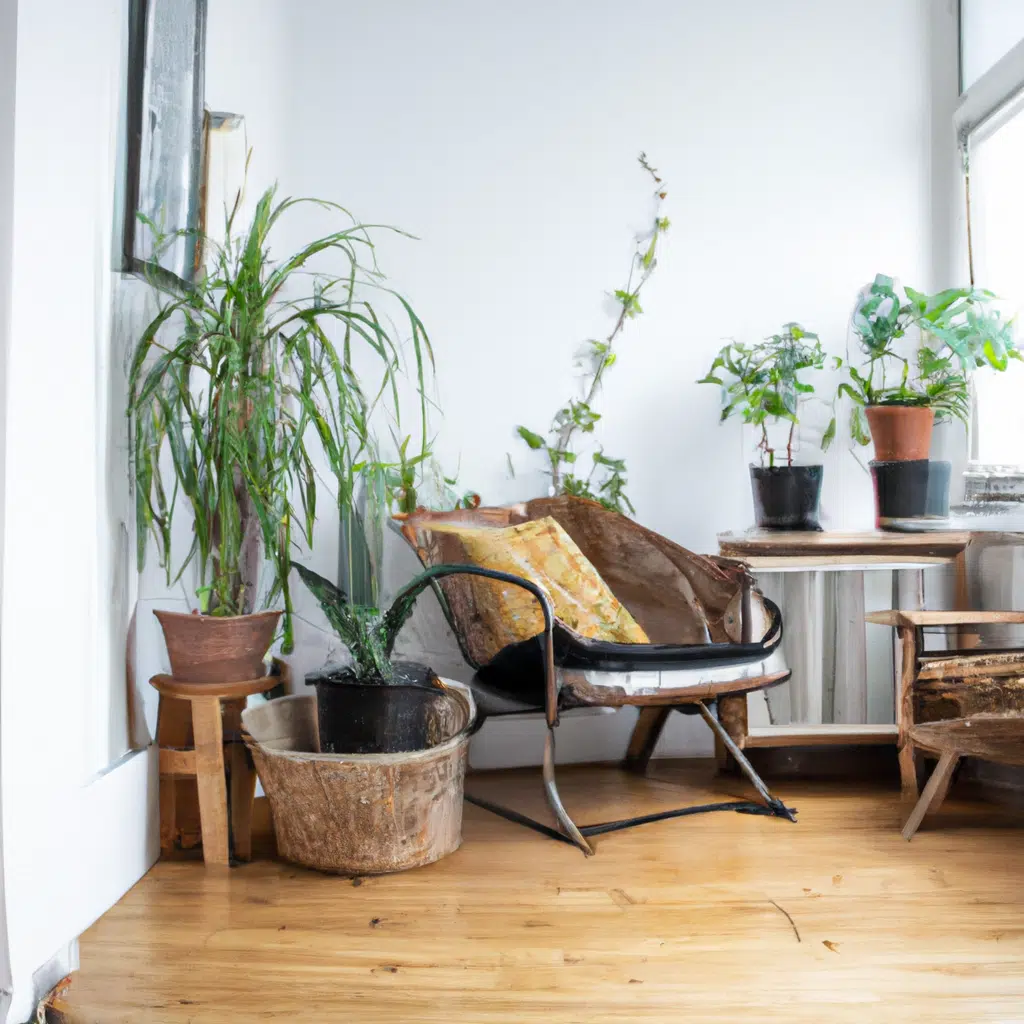
As humans, we have an inherent need for natural light. It not only provides us with essential nutrients such as Vitamin D, but it also has a significant impact on our mental and emotional well-being. As we spend the majority of our time indoors, it is essential to consider the role of natural light in sustainable home design. In this comprehensive guide, we will explore the importance of natural light, its benefits, and how to incorporate it into your home design.
The Benefits of Natural Light in Sustainable Home Design
Natural light has numerous benefits, both for our health and the environment. Here are some of the key benefits of incorporating natural light into your home design:
Improved Health and Well-being
One of the most significant benefits of natural light is its impact on our health and well-being. Exposure to natural light can help regulate our circadian rhythm, which is essential for a good night’s sleep. It can also reduce the risk of depression, improve mood, and boost productivity.
Energy Efficiency
Natural light is an excellent source of free energy. By incorporating it into your home design, you can reduce your reliance on artificial lighting and save money on energy bills.
Environmentally Friendly
Using natural light in your home reduces your carbon footprint, making it an environmentally friendly option. It also reduces the need for artificial lighting, which results in fewer greenhouse gas emissions.
Aesthetic Appeal
Natural light can enhance the aesthetic appeal of your home. It creates a warm and inviting atmosphere, making your living space feel more comfortable and enjoyable.
Incorporating Natural Light into Your Home Design
Incorporating natural light into your home design requires careful consideration of several factors. Here are some tips on how to do it effectively:
Orientation
The orientation of your home plays a significant role in the amount of natural light it receives. Homes that face north tend to receive less natural light, while those facing south receive more. When designing your home, consider the orientation and placement of windows to maximize natural light.
Window Design
The design of windows also plays a crucial role in the amount of natural light that enters your home. Consider using larger windows to allow more natural light to enter your home. You could also install skylights or roof windows to increase the amount of natural light.
Window Coverings
While natural light is essential, it is also important to be able to control it. Consider using window coverings such as blinds or curtains to control the amount of natural light that enters your home. This will help regulate the temperature and prevent glare.
Reflective Surfaces
Reflective surfaces can help increase the amount of natural light in your home. Consider using materials such as mirrors or shiny tiles to reflect natural light and brighten up your living space.
Conclusion
Incorporating natural light into your sustainable home design is essential for your health and well-being, energy efficiency, and the environment. By carefully considering the orientation, design, and coverings of your windows, and using reflective surfaces, you can maximize the amount of natural light in your home. Remember, natural light is not only beneficial to your health, but it also enhances the aesthetic appeal of your living space. By prioritizing natural light in your home design, you can create a sustainable, comfortable, and enjoyable living space for you and your family.

